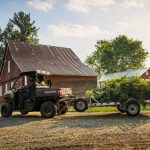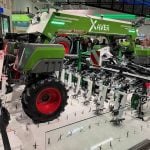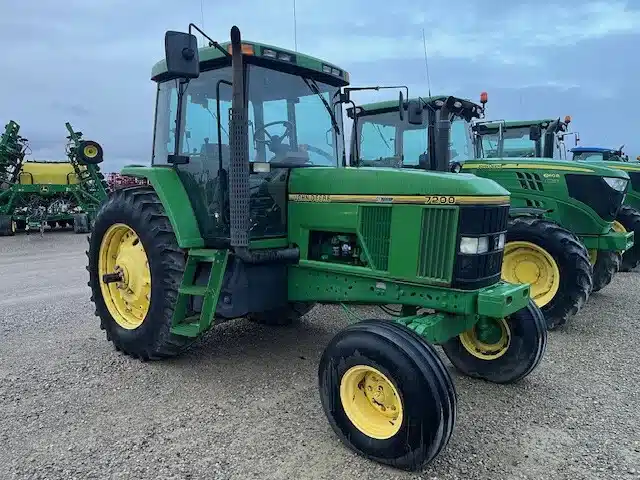Canada stands at a crossroads.
New trade barriers and shifting global alliances are forcing the country to rethink its economic priorities, and no sector needs more urgent attention than agriculture.
Despite its vast resources, Canada is losing ground on agricultural leadership. Since 2000, the country has slipped from fifth to seventh globally in agricultural exports, according to RBC.
Meanwhile, global competitors push ahead with technology-driven productivity gains. Not acting now risks falling behind in a world where food security is more critical than ever.
Read Also

Agritechnica: Robots and more robots, Nexat loves Canada and the trouble with tariffs
Agritechnica Day 4: Robots and more robots, Nexat loves Canada and the trouble with tariffs.
The numbers tell a sobering story. Canada attracts just three per cent of global agricultural technology venture capital; the U.S. attracts 55 per cent. Meanwhile, Farm Credit Canada estimates that domestic agricultural productivity growth has stagnated at around one per cent annually – half of what it was in the 1990s and early 2000s.
These numbers should set off alarm bells for any government serious about Canada’s long-term prosperity.
The path forward is clear: we need to scale up precision agriculture. Digital tools like GPS-guided equipment and sensor-based monitoring have already increased annual crop production by an estimated four per cent annually. Wider adoption could lift production by a further seven per cent, according to the Association of Equipment Manufacturers.
The Canadian Agri-Food Policy Institute estimates these technologies could unlock between $750 million and $1.5 billion in annual net revenue for Canadian farmers over the next decade.
But right now, adoption is uneven. While 81 per cent of large farms are using, or planning to use digital tools, only 36 per cent of smaller farms have made the leap. That gap is holding the entire sector back.
This is where smart government policy can make the difference. The Agricultural Clean Technology (ACT) Program represents exactly the kind of targeted investment required, supporting the development and adoption of precision agricultural technologies to spur sustainable growth across the sector. It’s a start.
However, the program’s investment needs to be scaled dramatically to ensure farms of all sizes across all regions have the incentives and support needed to modernize.
Beyond precision agriculture, the government must explore programs that help grow farmer income so that they have the required capital needed to invest in these technologies to see the eventual return on investment. That means government must back them with multi-year funding commitments over annual budget cycles.
Let’s give farms the confidence to plan, invest and grow.
Having the ability to use precision agriculture tools is not a given to many farmers, which is why rural broadband access is equally critical from a policy perspective. Only 78.2 per cent of rural Canadians currently have access to high-speed internet, according to the CRTC, which precision agriculture depends on. Bridging this digital divide must be a top priority.
Canada’s demographics make this moment even more urgent. The Conference Board of Canada said nearly a third of Canada’s agricultural workforce is expected to retire in the next decade. The younger generation of farmers — more comfortable with digital tech — are poised to take over. If they aren’t given the tools they need now, the country will miss a once-in-a-generation opportunity to transform the sector.
The benefits go beyond productivity. Data-driven farming will help Canada meet rising global demands for sustainability and traceability. Countries that can prove their environmental stewardship will access premium markets, while those who cannot will risk being left behind.
With the right policy support for precision agriculture adoption, Canada can reclaim its place as a global agricultural powerhouse.
The federal government has a choice: invest in the future of agriculture or watch Canada’s competitive edge slip away.
Kip Eideberg is the senior vice-president of government and industry relations for the Association of Equipment Manufacturers, which represents over 100 off-road equipment manufacturers and suppliers in Canada.



















